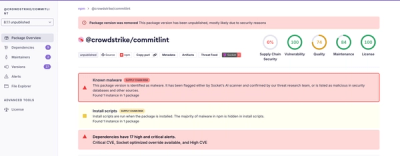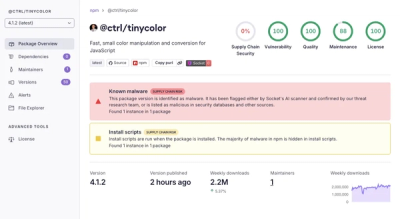react-use-breakpoint
Rational
A React hook to get the current breakpoint via the MatchMedia API. Tiny, fast, and easy to use. I created this as I
found myself copying this bad boy around every project I did... so I figured I'd make it a package. Other plugins out
there are not exactly what I needed, and although I think getting breakpoints in JS should be a last resort. There
is undoubtedly a time and place for it. Especially as designers design more creative layouts that are not easily
achievable with CSS alone.
Getting Started
Install the package
npm install react-use-breakpoint
yarn add react-use-breakpoint
Wrap your apps root component with the BreakpointProvider component. This will provide the useBreakpoint hook to all
child components.
import {BreakpointProvider} from 'react-use-breakpoint';
const App = () => (
<BreakpointProvider>
<MyComponent/>
</BreakpointProvider>
);
The default breakpoint size values are:
| xs | 360 |
| sm | 640 |
| md | 960 |
| lg | 1280 |
| xl | 1440 |
You can customise these values xs, sm, md, lg, xl to fit your needs like so (strings or numbers are accepted):
import {BreakpointProvider} from 'react-use-breakpoint';
const App = () => (
<BreakpointProvider
breakpointOverrides={{
xs: 360,
sm: '400'
}}
>
<MyComponent/>
</BreakpointProvider>
);
Hook Usage
Within all child components you can then leverage the useBreakpoint() hook to get the current breakpoints.
Specifying no arguments will return an object with min and max breakpoints { min: {...}, max: {...} }. The function
overload handles the types for you 😉.
import {useBreakpoint} from 'react-use-breakpoint';
const MyComponent = () => {
const {min} = useBreakpoint();
const {isXs} = min;
return <div>Current breakpoint: {breakpoint}</div>;
};
If you specify a breakpoint "direction" (min or max) you will get an object back with all the breakpoint sizes and their
assigned boolean value.
import {useBreakpoint} from 'react-use-breakpoint';
const MyComponent = () => {
const {isXs, isSm, isMd} = useBreakpoint('min');
...
return <div>Current breakpoint: {breakpoint}</div>;
};
Feature Requests...
Sure... open up an issue, and I'll see what I can do.
Todo



